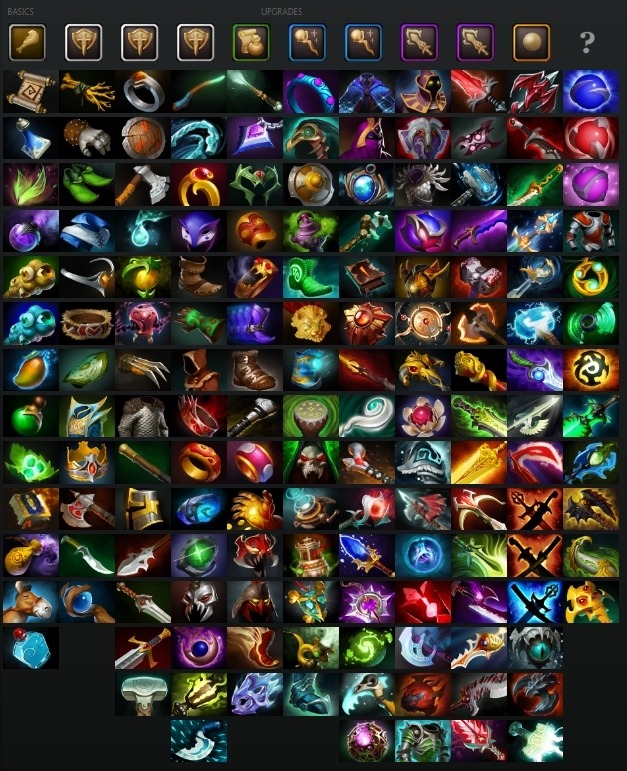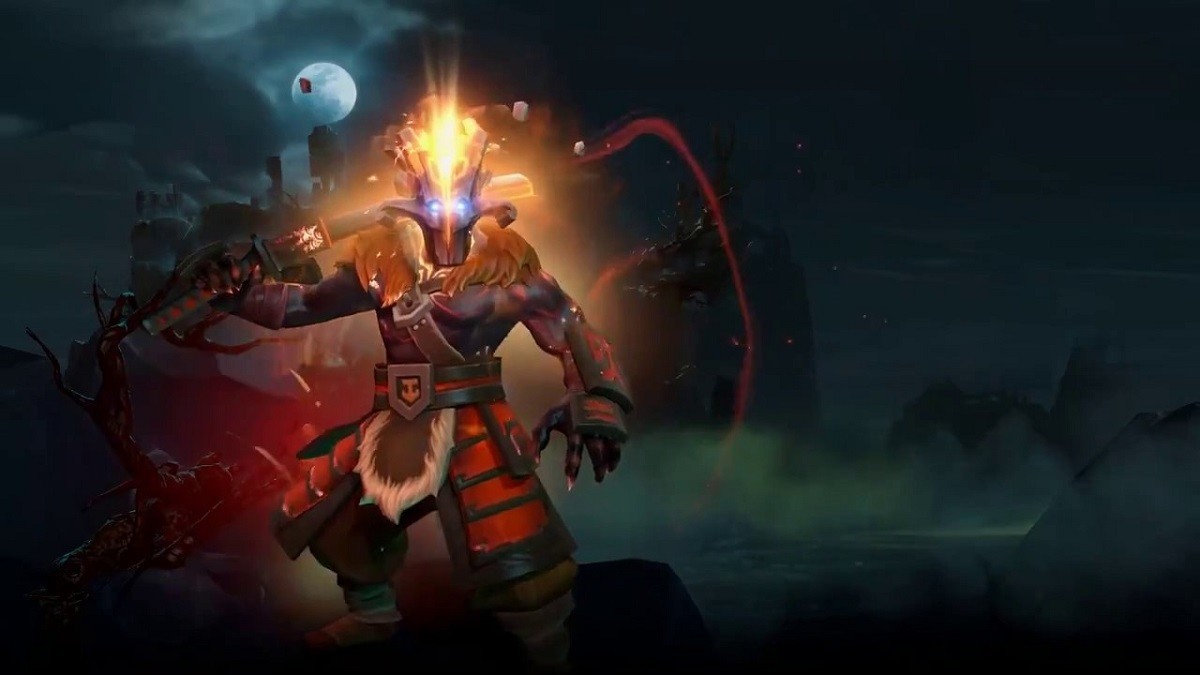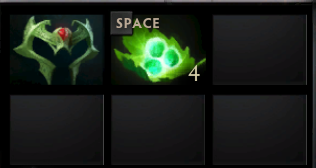Which items should I buy in Dota 2?
MOBA’s are definitely up there as one of the hardest game types to master even at a basic level. And Dota is no exception to this rule. The first time I played Dota 2 is comparable to the first time I went online playing Command and Conquer – Everything I thought I knew about the game was wrong, I had no idea what I was doing and I got completely wrecked by the other team. Not fun.
There’s no denying the steep learning curve associated with Dota and the bitter truth is that your first few games are going to be hell. And guess what? Just when you think you know what you’re doing, someone on the opposing team will pick an obscure hero you have never seen before and will destroy you because you have absolutely no idea how to play against him/her.

Alongside the insanely vast hero and ability pool you need to learn, there are the in-game items. Luckily for new players there are in-game guides for each hero that suggest items you should buy and they usually have a short explanation on why too – Awesome. The problem with this however, is that you shouldn’t always buy the ‘cookie-cutter’ set of items and in fact, buying the wrong items or even buying your items in the wrong order is usually the cause of a lost game.
In this blog we are going to go over the basic principles that you should consider when planning which items you should buy. Let’s get into it!
EVERY item is situational!
I can’t state this enough. There is no reason at all for you to go into a game and buy the exact same items, in the exact same order on a hero Every. Single. Time. Your item build should be determined by your enemies. Everything in Dota (even down to the drafting) is about countering your opponent. Doing this effectively will lead you to a win and stop you being at a disadvantage. Building 3 damage items before buying a BKB on a carry going against a disable-heavy comp is not a good idea. Rushing an Aghanim’s Scepter instead of buying a cheaper more useful ‘utility’ item on a support hero is usually not a good idea.
When you go into your next game and pick your hero, in the warm-up time sit and think for a minute about both yours and your opponents team compositions.
If you’re playing a support hero or offlaner –
- Do they have a lot of spell damage that could be reduced by buying a pipe?
- What do you need to buy in order to survive long enough in the team fights to fulfil your role?
- What does your team NEED from you in order to succeed?

If you’re playing a carry hero –
- How many disables / CC effects does the enemy team have?
- At what stage in the game do you expect to be having to team-fight and will you need a BKB?
- Is there an item you can buy that would counter their carries? (Silver edge vs strong passives as an example).
- Is your hero fast and efficient at farming? If not, you should probably buy an item that helps you farm as soon as possible (Bladefury, Mjolnir etc).

Even after the draft is done, it is important to remember that the items you and your team purchase and WHEN you buy them can have a huge impact on your win percentage. This isn’t CS:GO. You can not randomly clutch a 1vs5 and save your team’s chance of winning. Winning on Dota 2 is 100% a team effort.
Early game items and sustainability
The number one crime I see at low level Dota is a players unwillingness to buy early game items and extra sustainability items in the beginning of the game. Everyone wants to rush the big items but doing this puts you at a disadvantage unless an incredible early lead is obtained.
The mindset seems to be ‘Buying extra tangos will delay my big item purchase’ or, ‘Wraith bands aren’t as good as getting my <insert item here> sooner’. And in a weird, 1 dimensional world that does make sense. Kinda.

These early game items and the repurchasing of sustain allow you to maintain pressure in the lane. This is very important. You may spend an extra 90 gold on tangos, but how many more last hits are you able to get because you aren’t on the edge of death all the time? And a wraith band might set you back On your path to that 15 minute Daedalus (GL), but the extra stats and damage you gain from it will help you secure those last hits AND maintain good pressure on your opponent – Denying them farm.
Conclusion
This is an incredibly basic guide that is more aimed at simply making you think a bit more about your in-game purchases. The gold/item economy in Dota is fairly deep, complex and requires some thought and experience to truly get to grips with.
Ultimately, maintaining a ‘What do I need to buy?’ vs. a ‘I am going to buy this’ attitude at the beginning of every game will go a long way to securing your wins and your rise to the top! I hope you have found this article useful.
Got any thoughts on this? Let us know over on our Twitter account @applootbear.
